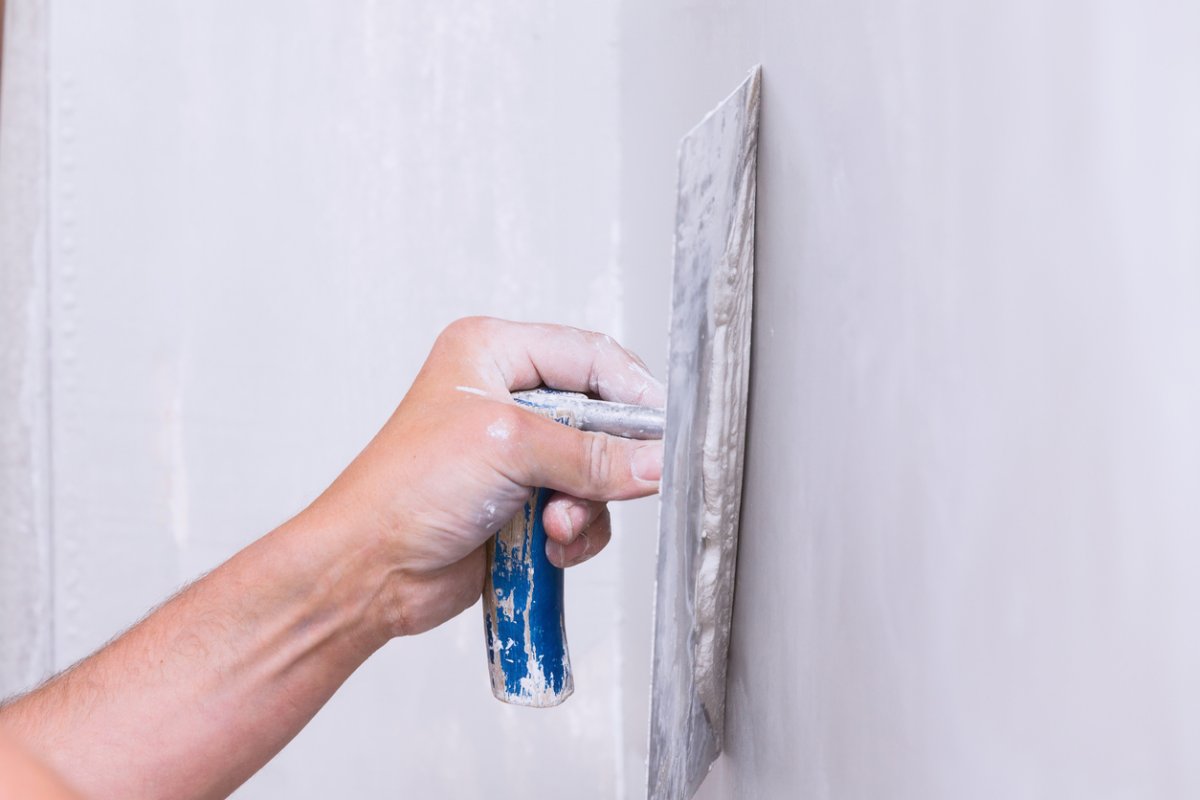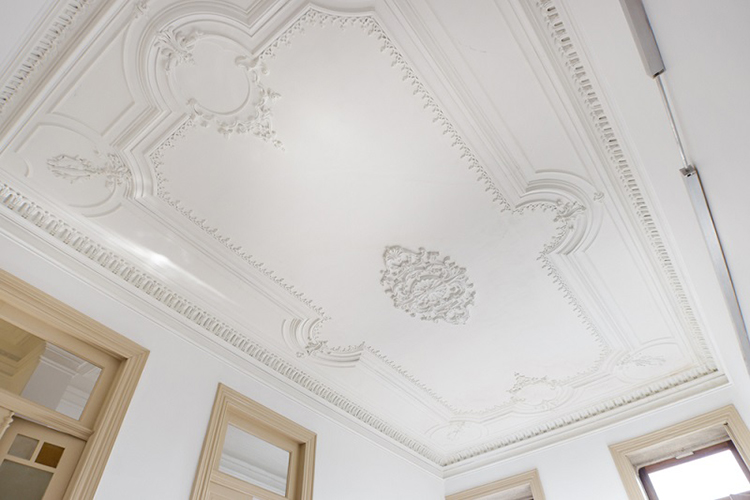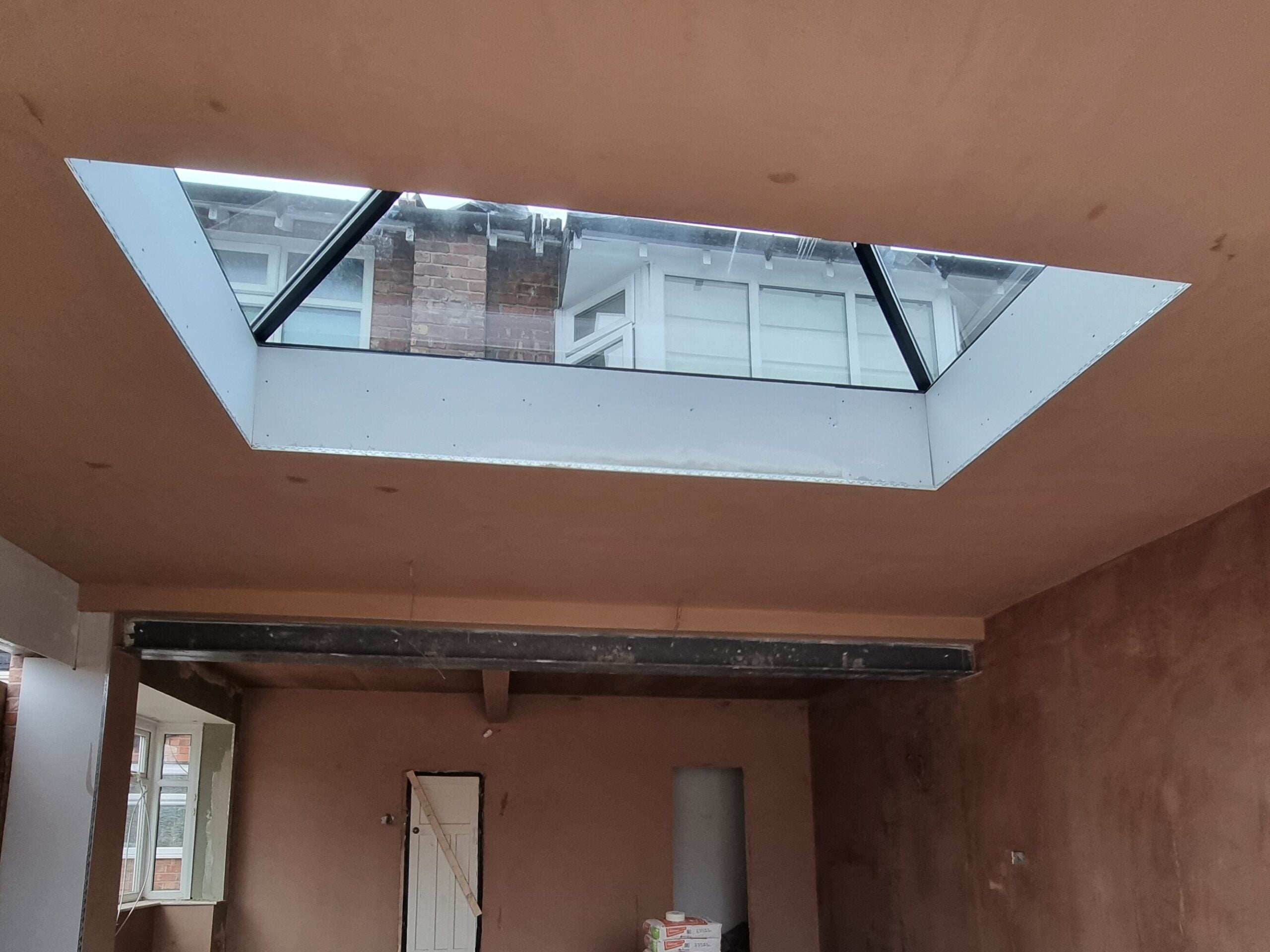Plastering Solutions for Smooth Walls: A Comprehensive Overview
Wiki Article
Key Tips and Devices for Effective Plastering in your house Improvement Ventures
Attaining a remarkable plaster coating in your house renovation tasks requires a mix of the right devices and tested strategies. Crucial executes such as the hawk and trowel are vital for effective application, while appropriate surface area prep work lays the structure for success. Moreover, comprehending the subtleties of mixing plaster and applying it in slim layers can significantly influence the final end result. As we explore these essential aspects, it becomes evident that avoiding typical challenges can elevate your plastering skills-- ensuring your following job not only fulfills however surpasses expectations.Necessary Gluing Tools
A plasterer's toolkit is fundamental to accomplishing a long lasting and smooth coating on ceilings and walls. The necessary devices encompass a variety of applies designed to help with the plastering procedure successfully and successfully. Secret elements include a hawk, which is a flat, square tool used to hold the plaster while using it to surface areas. This tool allows for very easy transportation and application of the product.
Additionally, a blending container is required for preparing plaster, guaranteeing the ideal consistency prior to application. A gluing brush or sponge works for smoothing and ending up touches out textures. Last but not least, security devices such as masks and handwear covers need to be consisted of to safeguard the user from dirt and chemicals. With each other, these vital plastering tools make it possible for both professionals and DIY fanatics to achieve high-quality lead to their plastering jobs.
Surface Area Preparation Techniques
Appropriately preparing the surface prior to gluing is critical for guaranteeing adhesion and achieving a remarkable finish. The primary step includes cleansing the surface area to get rid of any kind of dirt, oil, or old paint that might hinder the plaster's capacity to bond successfully. A comprehensive laundry with an appropriate cleansing remedy is advised, followed by washing and permitting the surface to dry entirely.Following, examine the surface for any splits or flaws. These must be loaded with an ideal filler substance and allowed to heal according to the supplier's directions. For porous surfaces, using a primer is vital to enhance and create a consistent texture adhesion.
Furthermore, it is essential to make sure that the surface area is steady and structurally noise. Any kind of loose materials, such as flaking paint or harmed drywall, should be fixed or gotten rid of. Take into consideration using a scratch layer to improve grasp. if functioning with masonry surfaces.
Mixing Plaster Like a Pro

Utilizing a tidy blending container, put the water first, then progressively add the plaster powder while mixing continuously. This approach assists to avoid clumping and makes sure an even circulation of products.
Once mixed, enable the plaster to rest for a couple of minutes to allow the gypsum crystals to moisten totally. This pause enhances workability and decreases the risk of splitting during application. By complying with these actions, you can mix plaster like a pro, setting the foundation for a successful gluing job in your house enhancement undertakings.
Application Methods for Smooth Finishes
With the plaster blend prepared to the perfect consistency, the next step involves choosing ideal application methods to achieve a smooth coating. The option of application tools significantly influences the last appearance of the plastered surface area. For optimum results, a stainless steel trowel is frequently advised. This device enables for a fine, even distribution of plaster across the surface area while decreasing trowel marks - Plastering.Begin by using a generous quantity of plaster to the surface using the trowel, guaranteeing it adheres well. Once the first coat is applied, use a sweeping movement to smooth the surface, using also pressure.
For the last touches, a moist sponge can be made use of to fine-tune the surface area better. Lightly haze the plaster with water and gently scrub the surface to accomplish a polished impact. Always bear in mind to operate in small areas to maintain control over the application procedure, making certain a smooth, professional finish throughout your plastering project.
Typical Mistakes to Avoid
When beginning on a plastering look at this now job, avoiding usual mistakes is critical for achieving a perfect surface. Make sure that all dirt, oil, and loosened products are gotten rid of before applying plaster.One more typical mistake is using plaster as well thickly. Thick layers can fracture as they dry, jeopardizing the honesty of the finish. Instead, go with multiple thin layers, allowing each coat to dry totally prior to using the following.
In addition, poor mixing strategies can result in irregular appearance and workability. Always comply with the manufacturer's instructions for blending ratios and thoroughly blend the plaster to achieve a consistent uniformity.

Timing also plays a vital role; plaster ought to be applied while the substrate is moist to boost bond. Top quality trowels and floats can make a substantial difference in accomplishing a smooth finish.
Verdict
Reliable plastering needs an extensive understanding of necessary tools and methods. Proficiency of these components not only contributes to the aesthetic appeal of an area however additionally ensures toughness and longevity in gluing tasks, making them indispensable to successful home renovation endeavors.A float is another important device, which aids in leveling the plaster and attaining a consistent surface.

By following these actions, you can mix plaster like a pro, setting the foundation for a successful plastering project in your home enhancement ventures.
Lightly mist the plaster with water and carefully scrub the surface area to accomplish a polished effect.
Report this wiki page